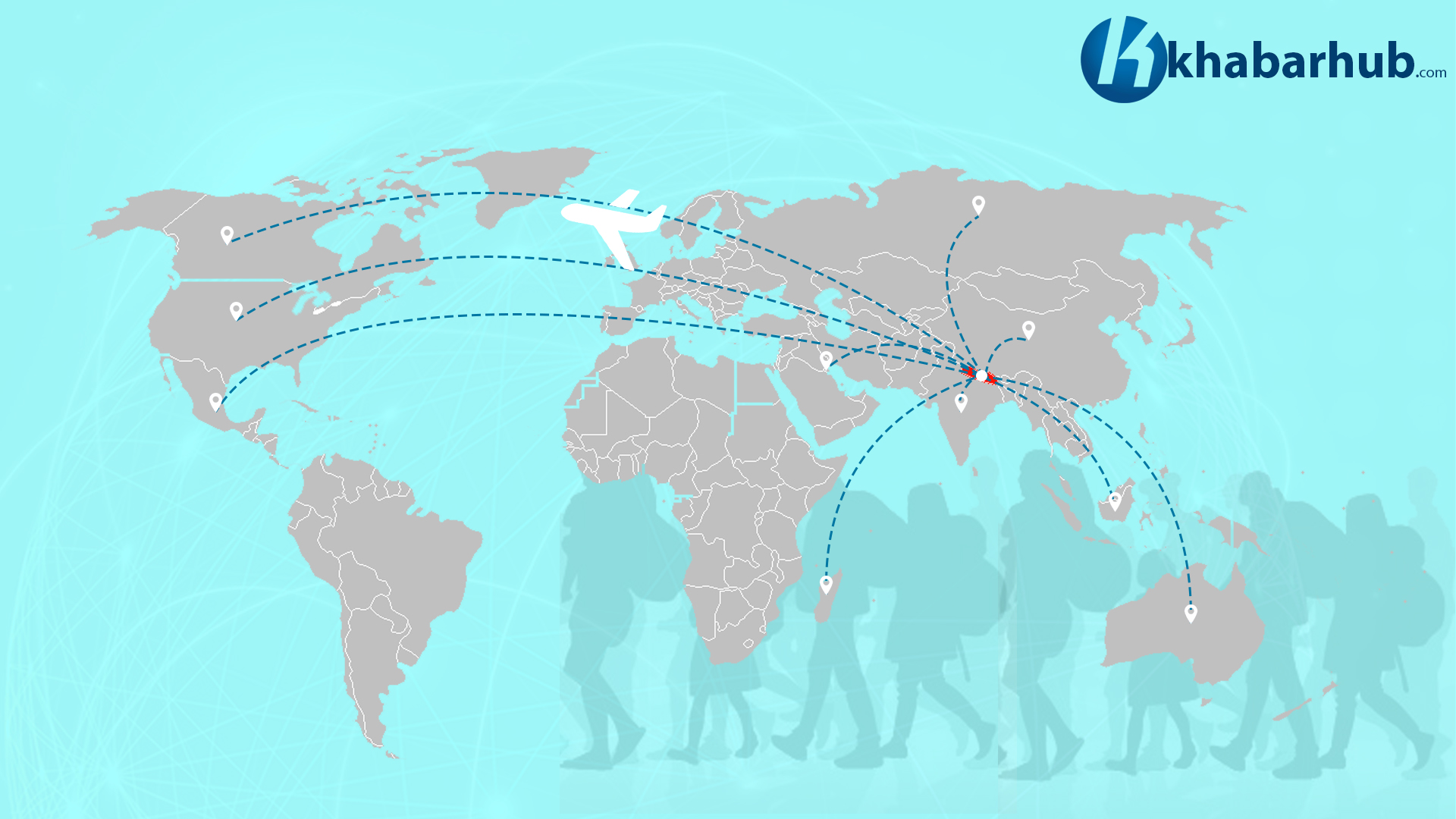0%
Over the past few decades, the topic of migration has been debated. It is now well established through numerous studies that migration is a long-term issue with uneven and unpredictable outcomes.

Migration of mankind is not a new phenomenon. People have been displaced and migrated for many social, political, economic, and disaster-related reasons since time immemorial. This article aims at shedding light on migration involving politics, economy and humanitarian aspects.
Politics often forms the crux of migration. An inimical political climate leads to the eviction of a large section of population from a country, thereby giving rise to refugees.
There are approximately 192 million people residing outside their birth country. A majority of them are migrant workers that make up three percent of the world population. Over the past few decades, the topic of migration has been debated. It is now well established through numerous studies that migration is a long-term issue with uneven and unpredictable outcomes. There may not be a feasible solution as it concerns with the movement of people and has deep fiscal and cultural consequences on preference for redistribution of resources.
Migration and politics
Politics often forms the crux of migration. An inimical political climate leads to the eviction of a large section of population from a country, thereby giving rise to refugees. Nepal has a long experience of hosting Tibetan as well as Bhutanese refugees. It depends on the policy of a country whether to take in migrants or tighten its border in restraining the entry of migrants. A political party while at the helm of power may encourage the entry of migrants to boost its vote bank. For example, the USA, in particular, has absorbed unprecedented waves of immigrants. It is held that naturalized immigrants vote predominantly for the Democratic Party. Countries like the USA and Canada are known for absorbing a large number of migrants.
However, host countries do have problems with incorporating migrants. That is because host population tends to feel strongly that reluctance on part of the immigrants in assimilating into their society puts their cultural traits and norms on the verge of collapse.
USA as a country built by immigrants from Britain and European countries had the policy of facilitating the entry of migrants from different parts of the country. Its Diversity Visa Lottery program is another glowing example of the US policy into inviting migrants in its land. The USA for a long time was determined into developing a multicultural society resembling a mini world resided by the people of all colors and ethnicity.
However, in the past few years the whites in the USA have begun to feel insecure thanks to the growing influence of its oriental and African population in the job market. Hence, violence related to racism have surfaced threatening the peace and security of the country.
Some countries hugely rely on migrant workers. For example, over 90 percent of workforce in Qatar comprises migrants and the migrants far out-number its own population which is merely around 30 percent compared to the migrants.
Migration as the engine of economy
Push and pull factors form one of the governing principles of migration. With the aid of improved and cheap means of transportation and remittance flow mechanism, migration for work is ever increasing. Nepal itself is an example given the fact that contribution of remittance to the country’s GDP has remained 25 to 30 percent for the past couple of years.
Some countries hugely rely on migrant workers. For example, over 90 percent of workforce in Qatar comprises migrants and the migrants far out-number its own population which is merely around 30 percent compared to the migrants.
Japan, one of the greatest economies in the world, has no more option than to count on migrant workers in the near future thanks to its aging population. Japan, as of now,had been relying on South Korean and Chinese population as part of its work force as these people to some extent share common cultural pattern. But now, Japan is mulling over opening its door to migrants from other countries as well. Hence, Japan now is accepting Nepalese workers in a large number.
Similarly, immigrants displaced by Syrian crisis, have proved important vehicle of economic growth in some European countries even as there is debate involving whether the refugees should be allowed entry to European nations.
Contribution of diaspora in the development of a country should also requires serious consideration. Though this may not have been felt yet in the case of Nepal, it is true that Indian diaspora has played an important role in shaping various aspects of India’s political economy.
Humanitarian angle
Migration, either voluntary or forced may not be an easy choice. It is obvious that refugees are not a happy lot. Even those going for work abroad for better salaries and facilities do not always lead a dignified life. For example, Nepalese nurses dream of migrating to the developed countries like Britain, Australia and USA. A study has shown that Nepalese nurses who migrate to Britain are in distress because the dream they had before leaving Nepal gets shattered the time they land in their dream world. They do not get the work and pay they were promised before migration. They are employed as helpers and thus become deskilled.
Even if a migrant worker gets paid highly in a foreign land, he/she may not enjoy the life because we human beings have sentimental attachments to the land of our origin and we have cultural ties with our kin and land. Leaving in a foreign world amid distinct cultures and lifestyles is challenging.
Therefore, policy makers should take the issue of migration seriously. Efforts should be made where every migrant can lead a dignified life.
(The author is a Professor at the Tribhuvan University)
The views expressed in this article are the author’s own and do not necessarily reflect Khabarhub’s editorial stance.